Vintage Doll
Showing 1–45 of 102 results
-

Le Balloon Rouge Vintage Porcelain Doll by Yolanda Bello
$397.00 -

Wendy Lawton Hans Brinker Art Doll
$325.00 -

Wendy Lawton Heidi Art Doll
$325.00 -

Laura Ingalls Art Doll by Wendy Lawton
$325.00 -

Wendy Lawton Pollyanna Art Doll
$325.00 -
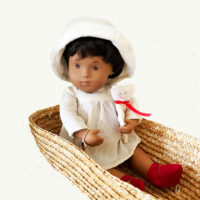
Sasha Baby Doll with Bear 512s
$124.97 -

Baby Sasha 510 Doll
$124.97 -

Sasha Marina102 Trendon Doll Company 1980
$149.97 -

Gregor School Boy 314s Sasha Dolls 1983
$124.97 -

1985 Prince Gregor Limited Edition Sasha Doll
$249.97 -
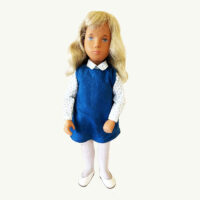
115s Sasha Blonde Tunic 1985
$149.97 -
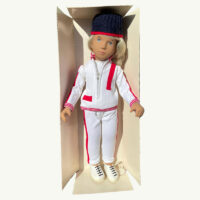
Sasha Wintersport Doll #130e 1986
$815.00 -
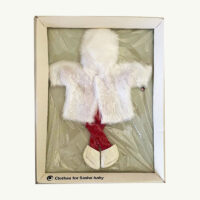
Eskimo 605 Sasha Baby Outfit 1976
$74.97 -

Sasha Do It Yourself Clothes for Girls
$47.97 -

1984 Harlequin Leaflet #26
$2.75 -

1985 Prince Gregor Leaflet #28
$2.75 -

Sasha Doll Leaflet No 31
$2.75 -

Where do Sashas come from? Brochure
$9.97 -

1998 Ginny Ice Skater Vogue Doll
$74.97 -

Elena Fanouche Doll by Sylvia Natterer at Gotz
$189.00 -
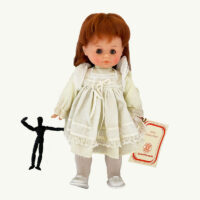
Marin Rosa Zanini Zambelli Playdoll
$44.97 -
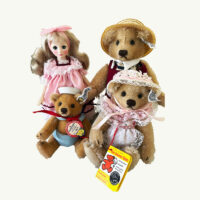
Goldilocks and Three Bears by Suzanne Gibson and Steiff for Reeves International
$349.97 -
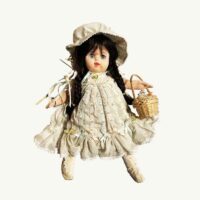
City Child Poetry Series Doll by Robin Woods
$94.97 -

Cotton Candy Doll by Robin Woods
$94.97 -
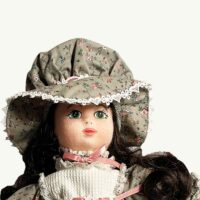
Jennifer Doll Premier Collection by Robin Woods
$74.97 -
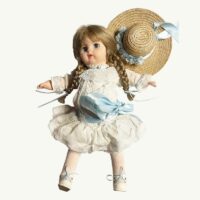
Clara Doll Premier Collection Doll by Robin Woods
$74.97 -
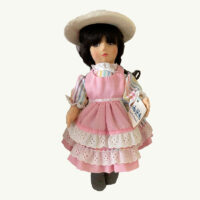
Jennifer Felt Handmade Doll by California Artist JoAnne Gregg
$149.97 -
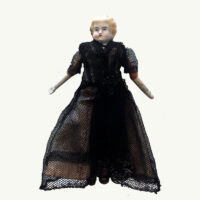
Antique German China Head Doll 1850s
$147.00 -
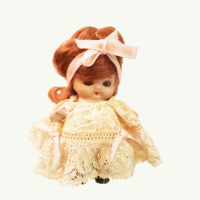
Hertwig Lace and Bows Mini German Jointed Doll
$97.97 -
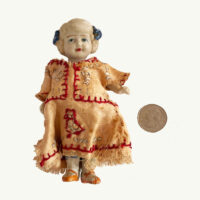
Vintage Bisque Jointed Doll in Handcrafted Embroidered Dress
$54.97 -
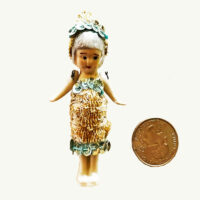
Glitter Flapper Bisque Jointed Arm Vintage Doll
$35.97 -
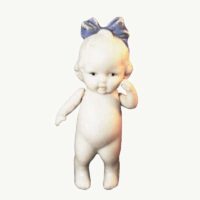
Toddler Doll Bisque with Blue Bow Japan
$35.97 -
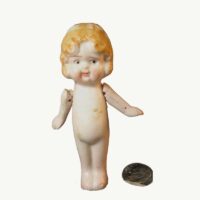
Bisque Arm String Jointed Blond Bob Doll
$35.97 -

Bisque Frozen Doll with Gold Bob Hair
$28.97 -

Golden Bob Frozen Doll with Jointed Arms
$34.97 -

Bisque Carnival Doll with String Jointed Arms
$38.97 -
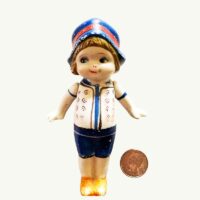
Dutch Girl Vintage Doll
$35.97 -

Vintage Frozen Bisque Doll with Jointed Arms in Ribbon Dress
$35.97 -

Frozen Bisque Jointed Arms with Gold Ribbon Dress Doll
$38.97 -

Bisque Doll with Yellow Silk Ribbon Dress
$14.97 -
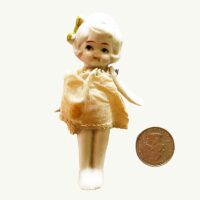
Bisque Frozen With Jointed Arms Vintage Bow Girl Doll
$35.97 -
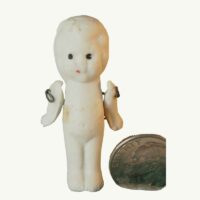
Mini Bisque Frozen Doll Jointed at Shoulders
$14.97 -

Bisque Mini Jointed Vintage Doll
$14.97 -
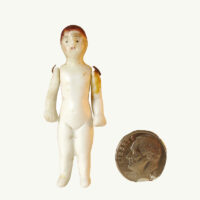
Tiny Antique Boy Doll with Jointed Arms
$38.97 -
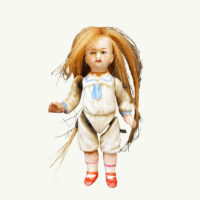
Antique Sailor Toddler Doll
$49.97


